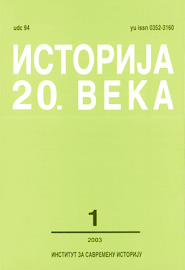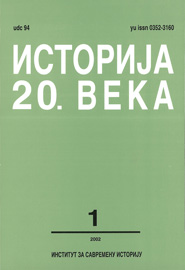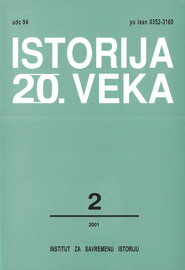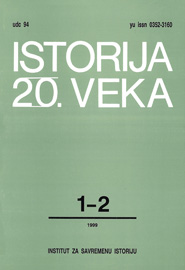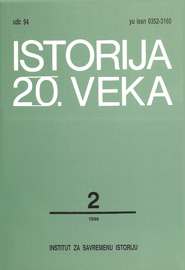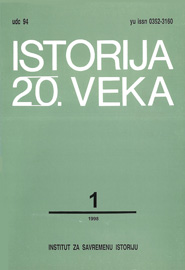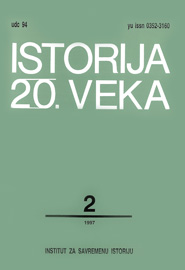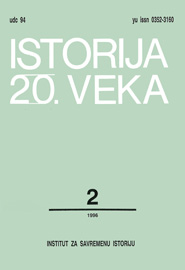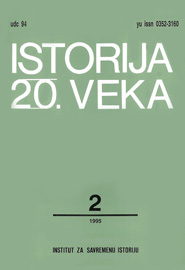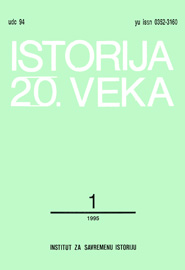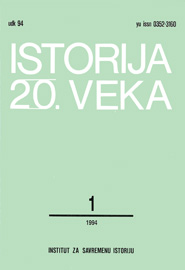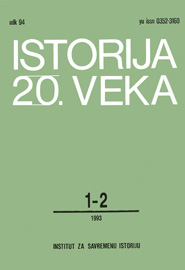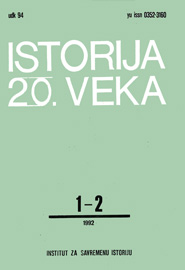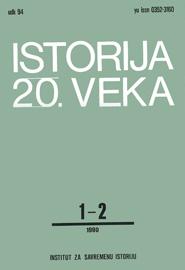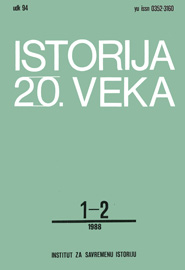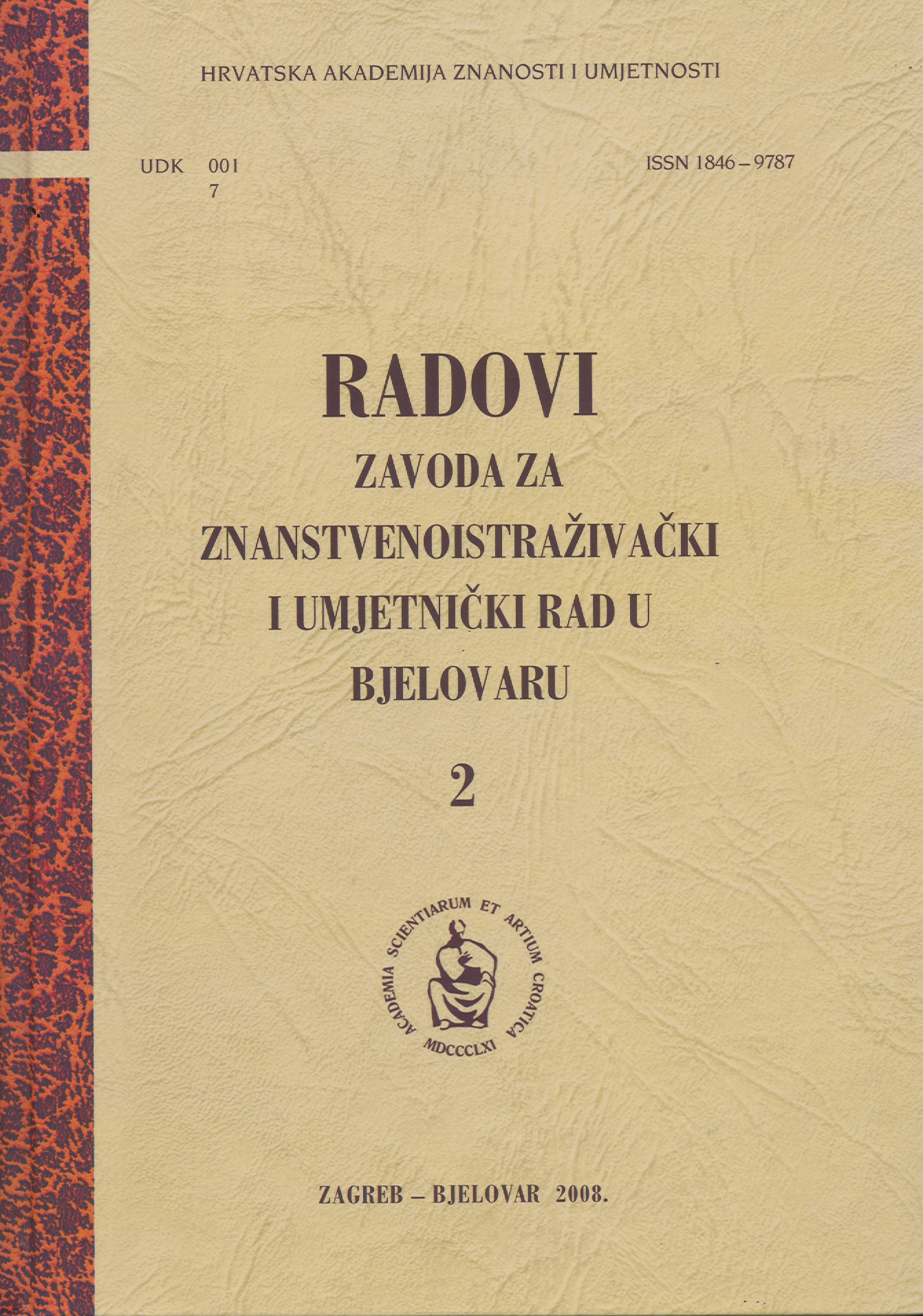
Povijesni razvoj primaljstva, porodništva i ginekologije bjelovarskog kraja
The military, and subsequently civic health care had been organised in the Bjelovar area since the mid 18th century, when the town of Bjelovar was founded, the Krajina regiments were inhabited, medical workers employed and the first hospital in Bjelovar opened (1782). The first midwives had been uneducated or self-educated (quack-) midwives, but this situation changed after the formation of the new military town of Bjelovar, when in the town and its surroundings, the midwifery was taken over by experienced and attested professionals. They were qualified for providing complete health care to pregnant and childbearing women, as well as to the newborns and their mothers in the whole territory, i.e. they performed regular child deliveries and a minor number of pathological ones. However, were an obstetrical intervention needed, either a doctor or an obstetrician would be called to perform the child delivery or the childbearing woman sent to hospital, in order for the necessary obstetrical operation (turn; embryotomy; forceps; Caesarean section) to be performed. The first maternity unit was opened at the Vila Marija private sanatorium in the 1930s, whilst the first hospital maternity ward was formed at the beginning of the Second World War. Doctors and obstetricians (magister obstetritiae) had performed pathological child deliveries and obstetrical interventions either at (a childbearing woman’s) home or at hospital. This had been the modus operandi of over 120 military and civic doctors and surgeons, active in Bjelovar during the 18th and 19th centuries, and of the first female obstetrician (at the beginning of the 19th century). Gynaecological operations (operations of malignancies and benign tumours; corrective vaginal operations; abortions on medical indication, etc.) and the Caesarean section started being performed in the early 20th century, when the first surgeon gynaecologists and obstetricians were employed at the hospital. Gynaecology patients, pregnant and childbearing women, as well as the newborns, had initially been admitted to the first and the second old hospital in Bjelovar to the women’s unit of the mixed ward, later to the surgical gynaecology ward (after the opening of the so-called new hospital building in 1924), and following to an independent gynaecology and obstetrics ward. The first residency in gynaecology began in the 1950s. In 1956, a separate gynaecology and obstetrics ward, headed by a surgeon gynaecologist, was formed. In 1958, the first specialist in gynaecology and obstetrics took over the ward, subsequently introducing many new techniques into the gynaecological and obstetrical operational programme, as well as the guiding principle of obstetrics into the delivery room. In the late 1950s, specialists and residents in gynaecology and obstetrics were employed. Consequently, the elevated level of professionalism was directly reflected upon the parameters of vital statistics.
More...
